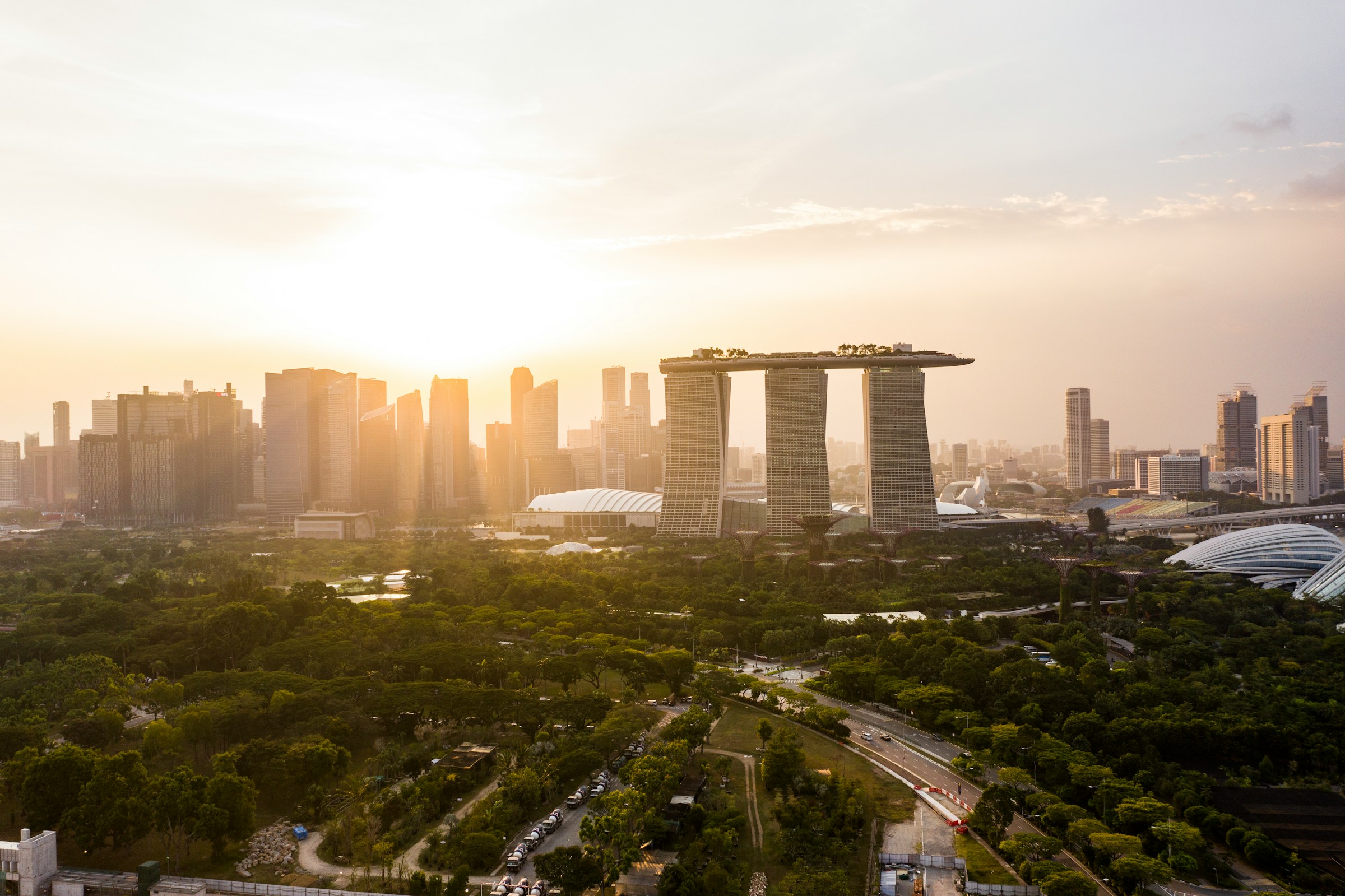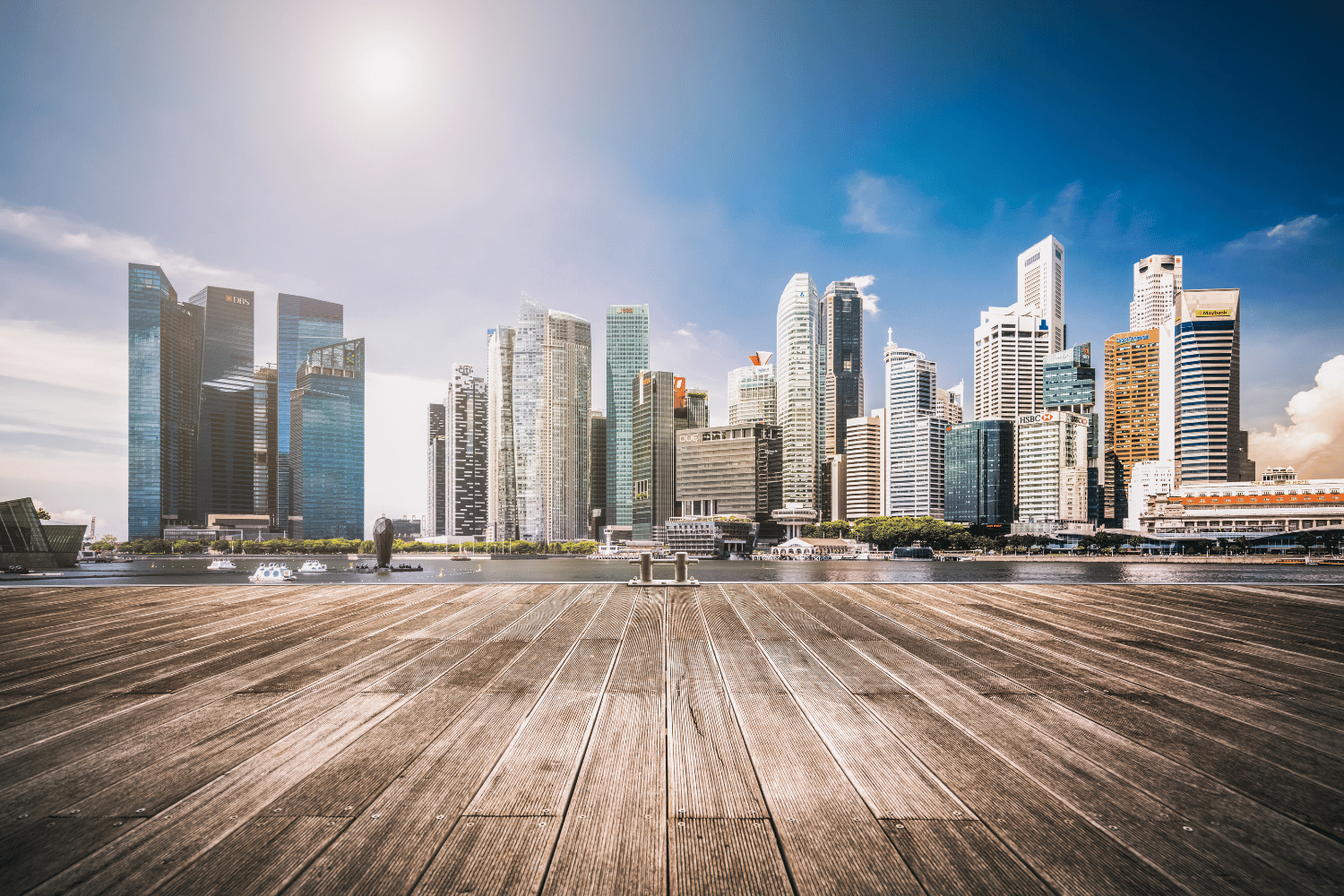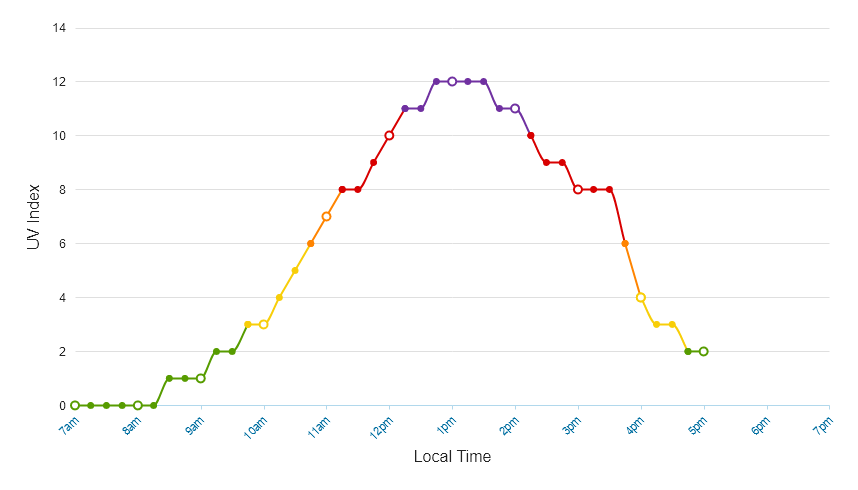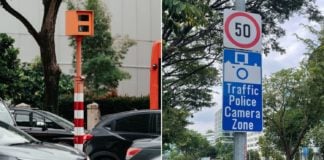UV Index hits extreme levels for more than 1 hour in the afternoon of 30 March
Just three days after the Ultraviolet (UV) Index hit extreme levels in Singapore, it has done so again.
On Saturday (30 March), the UV Index stayed at Level 12 for more than one hour.

Source: Kirill Petropavlov on Unsplash, for illustration purposes only
High heat stress was also recorded at two locations, according to the Meteorological Service Singapore (MSS).
UV Index at extreme levels from 12.15pm to 1.30pm on 30 March
The UV Index measures the level of solar UV radiation on the earth’s surface.
According to MSS, the reading in Singapore hit the Extreme level of 12 on Saturday (30 March) from 12.15 to 1.30pm — a duration of one hour 15 minutes.
At 1.45pm, it was down to the Very High level of 8.
The UV Index ranges from 0 to above 11, with anything above 11 considered Extreme:
- Low (0-2)
- Moderate (3-5)
- High (6-7)
- Very High (8-10)
- Extreme (Above 11)
UV Index also hit extreme levels on 27 March
The last time the UV Index hit extreme levels in Singapore was on Wednesday (27 March).
That day, it was at Extreme from 12.15pm to 2pm. However, it hit 12 only from 12.45pm to 1.30pm while it was at 11 for the rest of that period.
The National Environment Agency (NEA) thus urged the public to protect themselves against potential sunburn.
Heat stress levels also must be monitored
Besides the UV Index, another indicator we should watch out for is the heat stress levels.
Heat stress occurs when the body can’t cool itself enough, leading to the buildup of excess heat. This may damage the body and increase one’s risk of suffering from heat cramps, heat exhaustion and heat stroke.
Heat stress levels are based on Wet-Bulb Globe Temperature (WBGT), which is influenced by air temperature, humidity, wind and solar radiation.

Source: yongyuan from Getty Images Signature on Canva, for illustration purposes only
The NEA collects WBGT data from nine sensor locations across Singapore to find out whether the heat stress level in the area is Low, Moderate or High. This is then published on the MSS website.
To get a High reading, the WBGT at the location should be 33°C or above. A Low reading is below 31°C.
2 locations record High heat stress levels
On Saturday, Choa Chu Kang had a High heat stress level, with a WBGT of 33.7°C at 12.15pm.
At 1pm, the sensor at the Kallang Practice Track detected a WBGT of 33°C, meaning the location also recorded a High heat stress level.
During periods of High heat stress levels, the public is advised to minimise outdoor activities and take more frequent breaks under shelter.
They should also drink more fluids, use an umbrella or hat and monitor their body for signs of heat-related illness.
Also read: Dry & warm weather in S’pore to persist over second half of March
Dry & warm weather in S’pore to persist over second half of March
Have news you must share? Get in touch with us via email at news@mustsharenews.com.
Featured image adapted from Kirill Petropavlov on Unsplash, for illustration purposes only.

Drop us your email so you won't miss the latest news.











